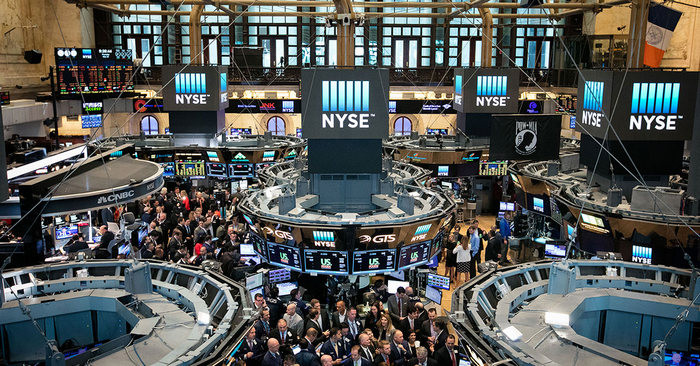
A fairly significant increase was observed on the US stock exchanges on the last working day of last week. Even the not-so-pleasant news about the increase in the number of jobs in the country did not prevent the positive dynamics.
At the end of the trading session, the four major stock indexes, namely, the Dow Jones, S&P 500, NASDAQ, and Russell 2000, were able to reach their maximum values and update record levels. The last time such a joint ascent was recorded was almost a year ago.
As for statistics on the employment market, the number of jobs in the United States for the last month of autumn increased by 245,000, which was the lowest increase in six months. At the same time, it is worth noting that the unemployment rate reduced to 6.7%, which was previously at 6.9%. According to preliminary data from experts, the number of jobs was expected to grow by about 469,000, and unemployment, on the contrary, to fall to 6.8%, but the forecasts did not justify themselves.
Meanwhile, less impressive data on economic growth is increasingly pushing the government to make a final decision on a new program of financial incentives to the country's economy. Last week, it became clear that the positions of the two opposing camps – Republicans and Democrats – are finally rapidly converging. This gives reason to believe that there will be much fewer problems with the adoption of the incentive program now than before the presidential campaign in the country.
The House of Representatives is currently considering incentives totaling $908 billion, which is significantly more than the $500 million previously proposed by Republicans, but significantly less than the Democrats' $2 trillion proposal.
Nevertheless, a number of experts argue that the unsatisfactory statistics on the labor market in the US should not be viewed as a negative sign. It accelerates the adoption of the financial support program, which means that it has a positive effect on the country's stock markets, pushing them to growth.
At the same time, the state is experiencing an undesirable increase in the foreign trade deficit in the sector. In particular, the indicator for the second month of autumn was at the level of $63.1 billion, while the previous one was $62.1 billion. Note that the total number of orders from industrial enterprises in America increased by 1% in October compared to the previous level of 0.8%. Moreover, such growth has been occurring for six months in a row.
The Dow Jones Industrial Average rose 0.83% or 248.74 points, which allowed it to move to 30,218.26 points.
The S&P 500 index rose 0.88% or 32.49 points. Its current level is still 3,699.12 points.
The NASDAQ Composite index gained 0.7% or 87.05 points, which sent it to the area of 12,464. 23 points.
Asia-Pacific Stock Exchanges, on the contrary, exhibited negative dynamics on Monday morning which was caused by news about the tension in foreign policy relations between the United States and China. As it became known, the US authorities are considering the option of introducing sanctions against more than ten Chinese officials. However, it was possible to avoid a more rapid fall in the region's indices due to fairly positive statistics on the growth of the Chinese economy.
The level of China's exports immediately increased by 21.1% compared to the same indicator of the previous year. It is now at $268.07 billion. The level of China's trade surplus also increased to $75.42 billion, the maximum value for the entire period of tracking the indicator. Recall that last year it was in the region of $37.18 billion. Preliminary data from experts was more modest than real data. All this makes investors believe even more that the country's economy is recovering at a rapid pace.
Japan's Nikkei 225 Index dropped 0.63%.
China's Shanghai Composite Index fell 0.6%. The Hong Kong Hang Seng Index supported the negative trend and declined even more by 1.49%.
South Korea's KOSPI, by contrast, rose 0.2%.
Australia's S&P/ASX 200 also climbed 0.6%.





















